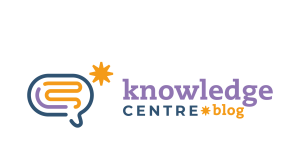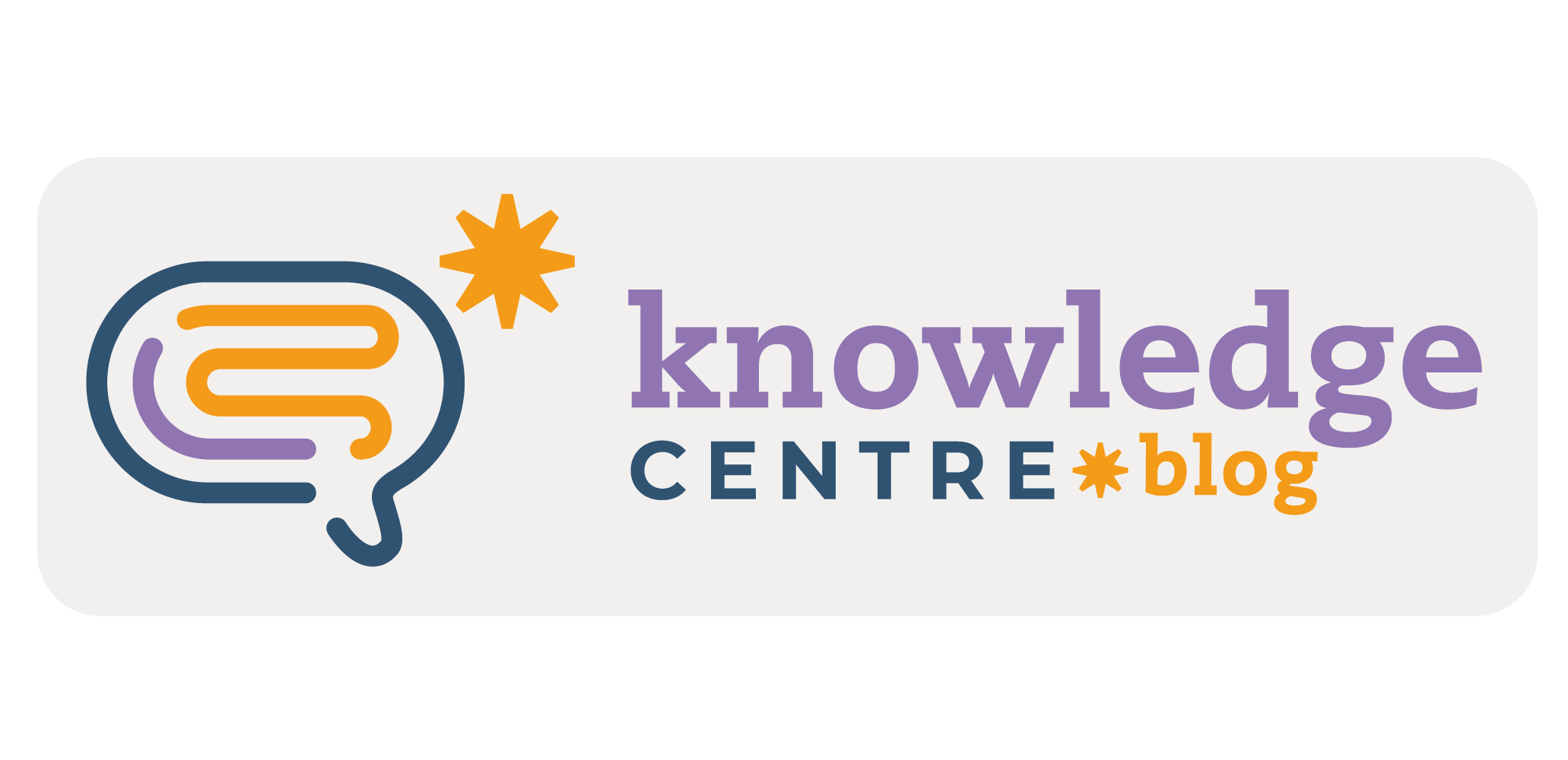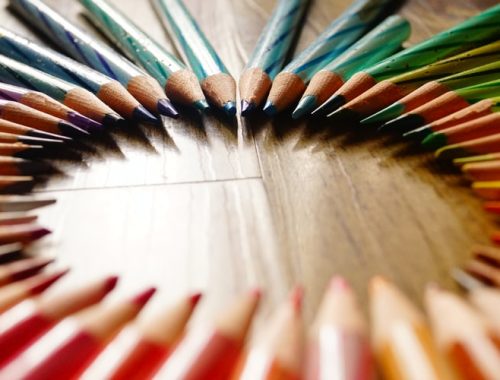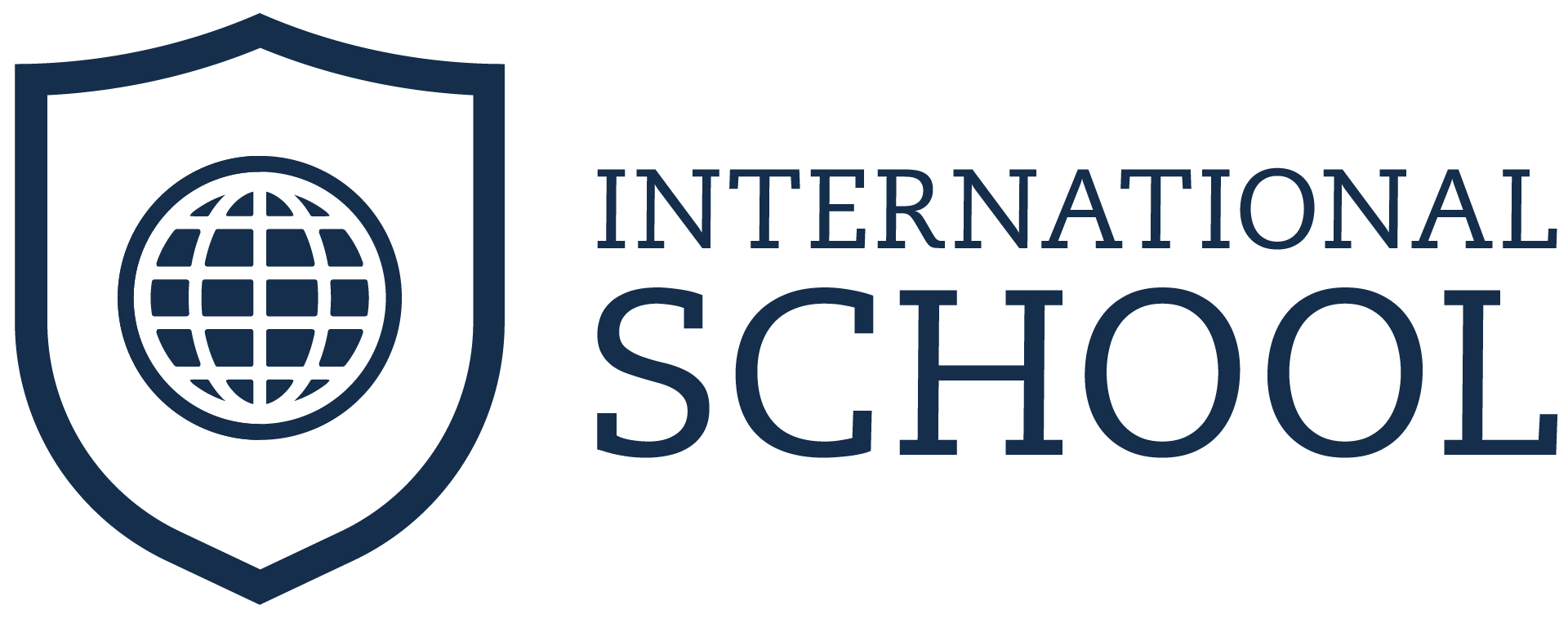Educating in two languages may be translated as a world of possibilities and achievements that expand on a daily basis. Much of this process is done by joining several methodologies or methodological approaches. With that in mind, let’s take a look at how gamification may support the acquisition of an additional language.
To begin with, we have to define gamification: it is the use of game mechanics and elements in contexts, not necessarily linked to games. Basically, it is using two striking characteristics of any good game, an active and constant reflection on the experience and the construction of engagement networks using the aims proposed by the game or gamification aspect of the activity.
Taking these points into account, deconstructing what current applications and systems need to be understood is necessary when it comes to gamifying:
1) It is not about focusing on competition or creating rankings with the use of an avatar. It is a situational element related to some experiences.
2) At times, independent gamification systems do not provide the student/player with adequate feedback on their actions. Gamification does require constant feedback, either in a more formal way, or as part of the system itself.
3) Gamification can bring a range of benefits to the learning experience, but it should not be treated as the main solution for everything. It should always be applied after a survey with your students, allowing for the construction of the experience to be assertive and targeted.
Besides such examples, the development of socio-emotional skills is another point which encourages us towards more gamified tasks. In fact, playing allows us to create collective learning – part of our living even in unexpected situations. Therefore, focusing your lesson plan on the skills you want learners to develop, can be a great way to promote them.
What’s more, in this scenario students are the protagonists of the learning process as in gamification the student may be the centre of their own learning process.
Finally, people learn in different ways and gamification enables the use of multiple methodologies to enhance the learning of each student, because it fosters the gathering of several alternatives by promoting wider engagement through various learning preferences.
Are you curious to know more about gamification? Click here to listen to the edc|podcast on gamification.
Feel free to tell us how you have been using gamification.
Stay tuned, part II is coming soon to show more examples of gamification and its possible assessment in Bilingual Education.
CHOU, Yu-Kai. Actionable Gamification: Beyond Points, Badges and Leaderboards. Createspace Independent Publishing Platform, 2015.CSIKSZENTMIHALYI, Mihaly.
Flow and the foundations of positive psychology. Holanda: Springer, 2014.
Flow: The Psychology of optimal experience. New York: Harper & Row, 1990.
MCGONIGAL, J. Reality is Broken: why games make us better and how they can change the world. London: Penguin Book, 2001
ROGERS, Scott. Level UP: um Guia Para o Design de Grandes Jogos. São Paulo: Blucher, 2013.
SALEN, Katie; ZIMMERMAN, Eric. Regras do jogo: fundamentos do design de jogos. São Paulo: Blucher, 2012.
SANTAELLA, Lucia; FEITOSA, Mirna (Orgs.). Mapa do Jogo: A diversidade cultural dos games. São Paulo: Cengage Learning, 2009.
SCHELL, Jesse. The art of game design: A book of lenses. CRC Press, 2014.
SCHUYTEMA, Paul. Design de games: uma abordagem prática. São Paulo: Cengage Learning, 2008.
By EDC








